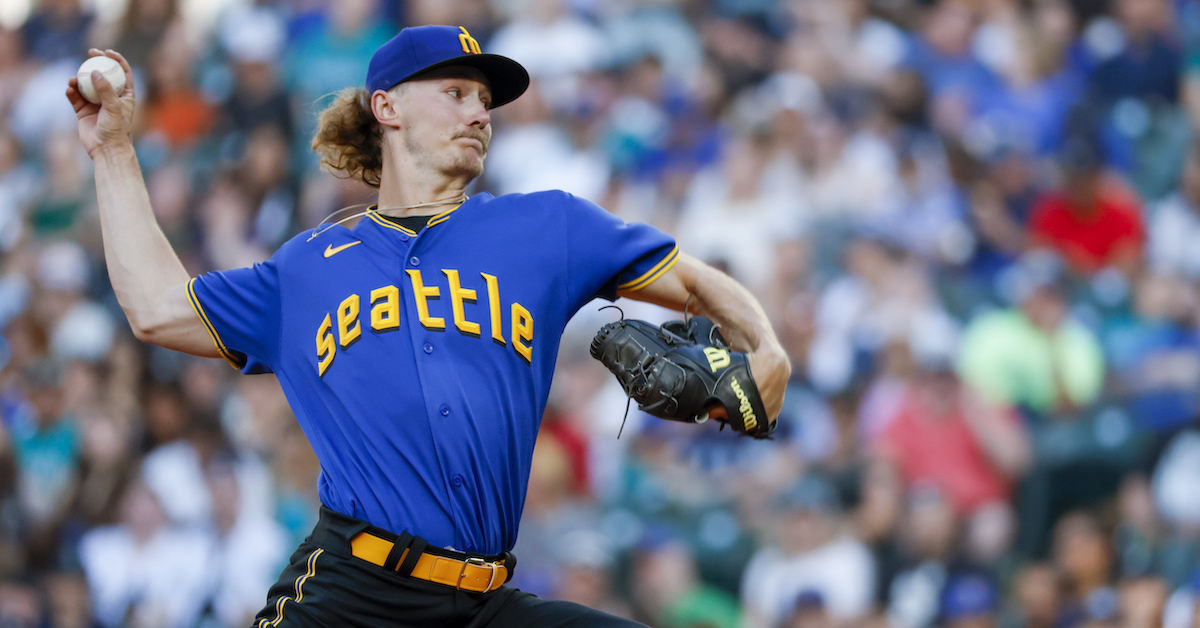Marlins 2022 First-Rounder Jacob Berry Believes in Keeping It Simple

Jacob Berry saw his prospect stock drop earlier this season. Highly regarded coming in, the sixth overall pick in last year’s draft had an abysmal .477 OPS in April and his .509 mark in May was barely better. Showing little resemblance to the player who’d raked first at the University of Arizona and then LSU, he fanned 41 times while logging just 25 hits, only two of which left the yard. Playing at High-A Beloit in Midwest League spring weather certainly didn’t help, but red flags were nonetheless flying. When our Miami Marlins Top Prospects list was published on May 31, Eric Longenhagen wrote that he was “content to have a hair trigger when it comes to sliding Berry because I was already skeptical… but deciding how much to slide him is challenging.” Our lead prospect analyst ultimately settled on No. 11 and a 40+ FV for the switch-hitter.
Berry’s June was markedly better. Rebounding from his two-month swoon, the 22-year-old third baseman slashed a solid .287.358/.447, with 10 of his 27 hits going for extra bases. Only one of them cleared the fence — his surprising lack of pop remains a concern — but overall, his success at the plate was much more in line with expectations. Despite understandable concerns, he remains a viable big league prospect.
What’s been behind his improved performance? Berry declined a recent interview request to discuss any adjustments he might have made, but he did sit down to discuss his hitting approach late in spring training. Read the rest of this entry »








